Organizing your office or workspace is crucial for productivity and efficiency. One of the most common tools found in an office is a binder, Used to store important documents, Notes, And paperwork. However, Storing these binders on A bookshelf can be A challenge without proper organization And planning. In this article, We will discuss some effective ways to store binders on A bookshelf. From optimizing shelf space to utilizing labels And dividers, We’ll provide tips that will help you keep your binders organized and easily accessible. Whether you have a small home office or a large corporate space, these strategies will help you create an efficient storage system for your Files on any bookshelf.
What Is A Binder Bookshelf?
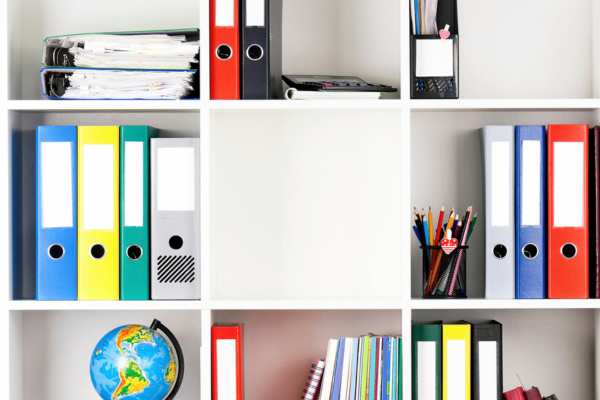
A binder bookshelf, Also known as A ring binder shelf, is A specialized storage unit designed to organize And store binder folders. Unlike traditional bookshelves, These shelves are often wider And deeper to accommodate the bulkier size of binders. These shelves can be freestanding or wall-mounted And are often adjustable to cater to different binder sizes. Built with sturdy materials, binder bookshelves are perfect for offices, Schools, And libraries, aiding in systematic file management and quick access to necessary documents. They offer A practical solution for storing A large number of files neatly, Improving efficiency And productivity.
Effective Strategies For Organizing And Store Binders On Your Bookshelf
Assessing The Available Space
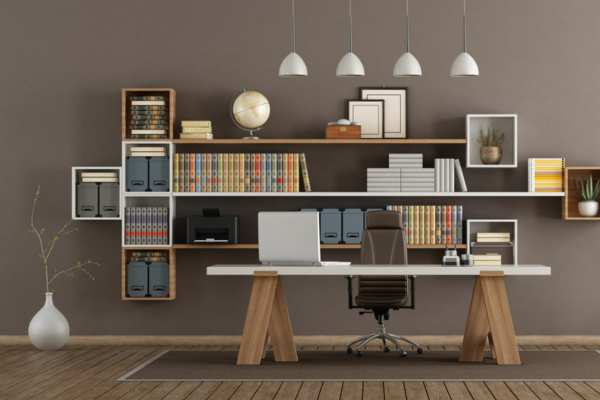
The first step in store binders on A bookshelf is assessing the available space. Consider the width, Height, And depth of each shelf, And bear in mind that standard binders come in various sizes. The objective is to ensure the binders fit neatly without protruding or causing unnecessary crowding. Moreover, Ponder over the weight capacity of each shelf to avoid damage. Visualizing the layout aids in anticipating and addressing potential issues. Take measurements if necessary to ensure accurate space allocation. Be mindful of potential growth as well. If you plan to add to your binder collection in the future, Reserve some space for those additions. The optimal arrangement should be efficient, Organized, And aesthetically pleasing.
Sorting And Categorizing Binders

The process of sorting and categorizing binders is crucial to maintaining an organized bookshelf. Begin by grouping the binders according to their content. This might include categories like work, school, home, or specific project names. For more extensive collections, consider subcategories within the main categories. For instance, you could separate your work files into different projects or departments. Color-coding or labeling files help identify them at a glance and speed up the retrieval process. The files should then be arranged on the shelf. Some might prefer arranging by size, from largest to smallest, while others might opt for chronological or alphabetical order. Remember, the ultimate goal is easy accessibility and identification of each binder.
Choosing The Right Bookshelf
Choosing the right bookshelf for binder storage significantly influences your organization’s effectiveness. A suitable bookshelf should accommodate the binders’ size and quantity, ensuring they are easily accessible and well-displayed. Consider robust, adjustable shelving for different binder dimensions and future expansion. The material of the bookshelf is also vital; it should be sturdy and durable to withstand the weight of the files. Furthermore, think about the aesthetic aspect; choose a bookshelf style that blends with your room’s décor. Whether you prefer A contemporary, Vintage, Or minimalist look, The bookshelf should be functional And pleasing to the eye.
Utilizing Binders With Labels
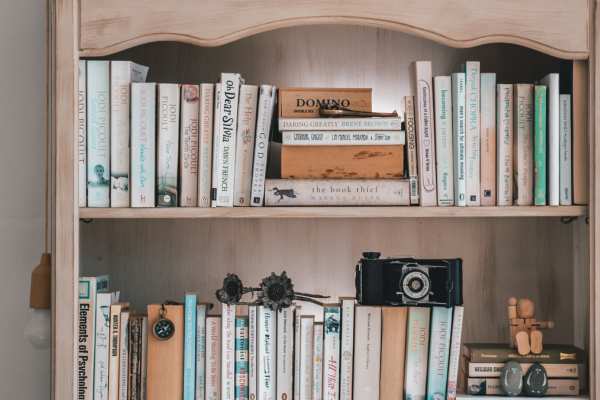
Utilizing binders with labels contributes to a more efficient organization. Labels offer quick identification of the binders’ contents without the need to flip through pages. You can make use of printable labels or write directly on the files. Make the labels visible, placing them on the spine of the binder for an easy read from the bookshelf. Ensure the labeling is clear, concise, and consistent throughout, using uniform font and color. You can categorize the files based on the nature of the content and even date them for chronological organization. With well-labeled files, accessing information becomes a breeze.
Arranging Binders On The Bookshelf
The arrangement of binders on the bookshelf can significantly influence your ease of access and the overall aesthetic. Start by grouping your binders based on your predetermined categories. You could place them alphabetically, chronologically, or according to their frequency of use. For instance, those used daily can be put at eye level for easy access. Additionally, try to maintain equal spacing between each binder for a neat appearance. Reserve the upper and lower shelves for files that are seldom used. Constant re-evaluation and re-arrangement of the bookshelf may be necessary to accommodate new files and ensure optimum convenience.
Storing Binders Vertically Or Horizontally
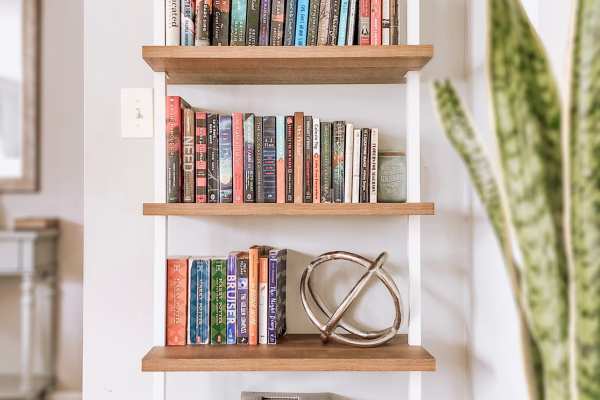
Storing binders either vertically or horizontally largely depends on personal preference, available space, and binder type. Vertically stored files are easily readable and accessible. However, they may need bookends to prevent them from tipping over. On the other hand, horizontal stacking may be ideal for larger or wider files that don’t fit standing up. But this arrangement might make the retrieval of files a bit more tedious, especially those at the bottom of the stack. Regardless of the orientation, ensure that the files are stored in a manner that prevents damage to their structure or content.
Using Bookends For Stability
Bookends serve as an excellent tool for providing stability to your binders on the bookshelf. They are particularly useful when storing binders vertically, preventing them from falling sideways and causing A disordered appearance. Bookends come in various sizes, Designs, And materials, So you can choose ones that fit your shelf size and complement your decor. They should be sturdy enough to hold your files upright even when A binder in the middle is removed. Place the bookends at each end of A row of files to ensure stability. They not only offer practical support but can also add A decorative touch to your standard bookshelf.
Keeping The Binders Easily Accessible
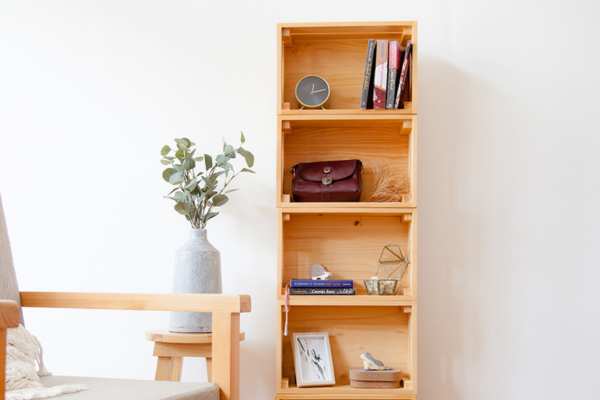
The primary goal of storing binders on a bookshelf is to keep them easily accessible. This means arranging them in a way that allows you to quickly locate and retrieve the binder you need. Binders used frequently should be at eye level and within arm’s reach. Less frequently used it can be placed on higher or lower shelves. Furthermore, clear labels facing outward and an organized categorization system are paramount. Regularly update your binder arrangement to reflect the changes in their usage. Accessibility also means leaving enough space to remove and return files without disturbing the rest. This efficient setup saves time and effort in your daily routine.
Maintaining The Organization
Once you’ve managed to neatly store And arrange your binders on the bookshelf, Maintaining this organization is the next crucial step. It involves periodic checks to ensure binders are in their correct place and the labels are still accurate And legible. If you add new binders, Take time to categorize, label, and place them appropriately in the system. Avoid overcrowding and reassess the space from time to time. You might need to rearrange or even expand your storage space to accommodate more files. Consider decluttering and removing outdated or no longer needed files. This upkeep ensures that the system remains functional and efficient in the long run.
Incorporating Decorative Elements

While the primary purpose of A bookshelf is storage, It can also add aesthetic value to your room. Incorporating decorative elements can create A pleasing balance between functionality and design. Between files, Consider placing small ornaments, Picture frames, Or indoor plants. Choose bookends that are not just functional but also stylish and match your room’s decor. Play with color, Texture, and shape to add visual interest. You can also consider arranging files by color for a captivating rainbow effect. By integrating decorative elements, you turn your bookshelf from a mere storage unit into a personalized piece of room decor.
Making Use Of Additional Storage Solutions
In addition to your bookshelf, Consider utilizing additional storage solutions for your files, Particularly when space becomes limited. Use drawer units, storage boxes, or additional shelving to store infrequently used or archival files. Vertical file holders can be beneficial for storing smaller files on your desk for easy access. Alternatively, wall-mounted shelving or hanging file systems can make good use of vertical space without taking up valuable floor area. Ensure these alternative storage solutions follow the same organization principles: sort, categorize, label, and arrange your files for easy access and maintain the system regularly.
Conclusion
Organizing and storing binders on A bookshelf can be A straightforward process when you follow a systematic approach. Starting from assessing the available space, choosing the right bookshelf, Sorting, Labeling, And arranging the binders, to maintaining the organization, each step ensures a smooth and efficient system. The blend of functional storage and aesthetic presentation creates A well-organized, accessible, and visually pleasing workspace. Remember, The ultimate goal is to make your daily routine more manageable by having A well-structured system for your binders.
